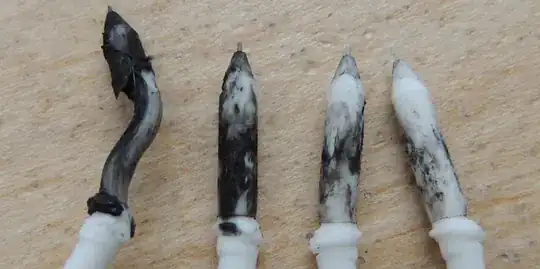The nozzle on a Prusa i3, if a genuine Prusa, would be part of the E3Dv6 assembly and is removable. It's wise to heat the nozzle to 150°C or higher, and handle with the care necessary for something that hot. When loosened, be prepared for it to fall onto the surface below. A catching tin would be a good idea, at the very least.
Once removed, you can test that it's the nozzle that is clogged by pushing or extruding filament via the control panel to confirm that the rest of the system is clear.
Consider also to perform a nylon cleaning of the nozzle before you perform the above disassembly. I've performed this process more than a few times and disagree with one aspect of the process. The process describes heating the nozzle to 250°C and forcing nylon filament into the hot end. I suggest doing so manually, not via the extruder controls, as it give you better feedback and control.
Once you've forced as much through as you can, allow the hot end to cool. Not included in the steps reference above is a part of the process that is semi-automated on my printer. Heat the nozzle to about 140-150°C and carefully and slowly pull the filament back out of the hot end. The above link suggests yanking it sharply. The article also includes a caution that doing so is brutal and could damage your machine. Carefully and slowly will not damage your machine. I have to use pliers to get sufficient grip on the nylon but that's a trivial aspect.
The nylon will come out with debris and previous color filament. Clip off the debris and perform the task again. Repeat until the nylon is clean and you have good flow through the nozzle.

Acetone will not dissolve PLA filament. Extreme heat may carbonize the material in the nozzle and render it useless. The nylon cleaning method is nearly universally successful unless you have a physically damaged nozze.
There are kits to be purchased which are described as nylon cleaning kits, and include a small length of nylon filament and sometimes a cleaning drill. Using such a drill may damage the nozzle and is contraindicated. If you can afford to purchase a half-kilogram or full kilogram of nylon in the diameter specific to your printer, it will last quite some time. You can share segments with friends and/or members of your local makerspace and improve circumstances for many.
Nylon absorbs moisture more quickly than any other filament, making storage for extended periods challenging if you intend to print with nylon, but for cleaning, it matters little that there's moisture boiling out of it as you clean your nozzle. I've found the little bubbles in the extruded nylon to be a sign that I'm getting clean nylon through the nozzle and can expect good results.
In the worst case I've had thus far, I've had to push nylon four times to clear a clogged nozzle. I had some overheated PVA support material jam the nozzle and once cleared, everything flowed properly.
